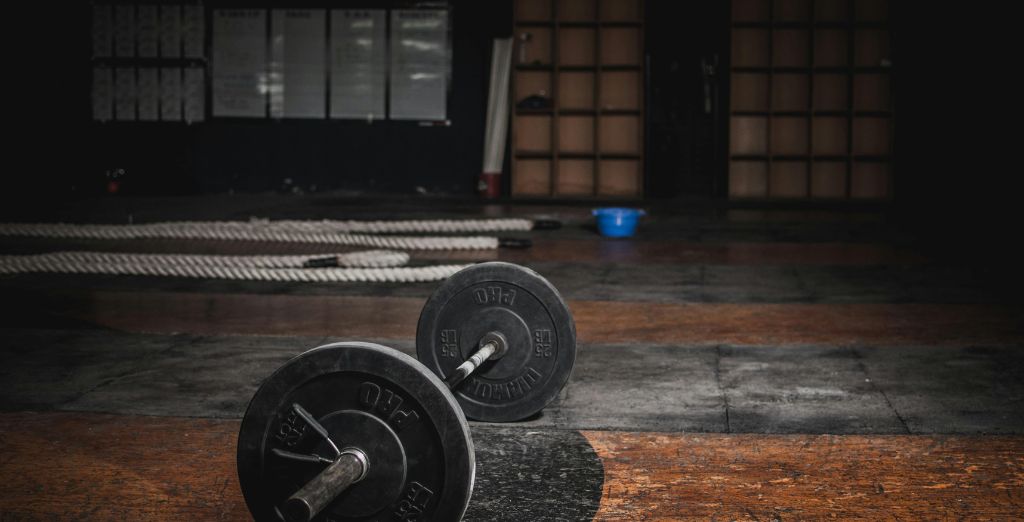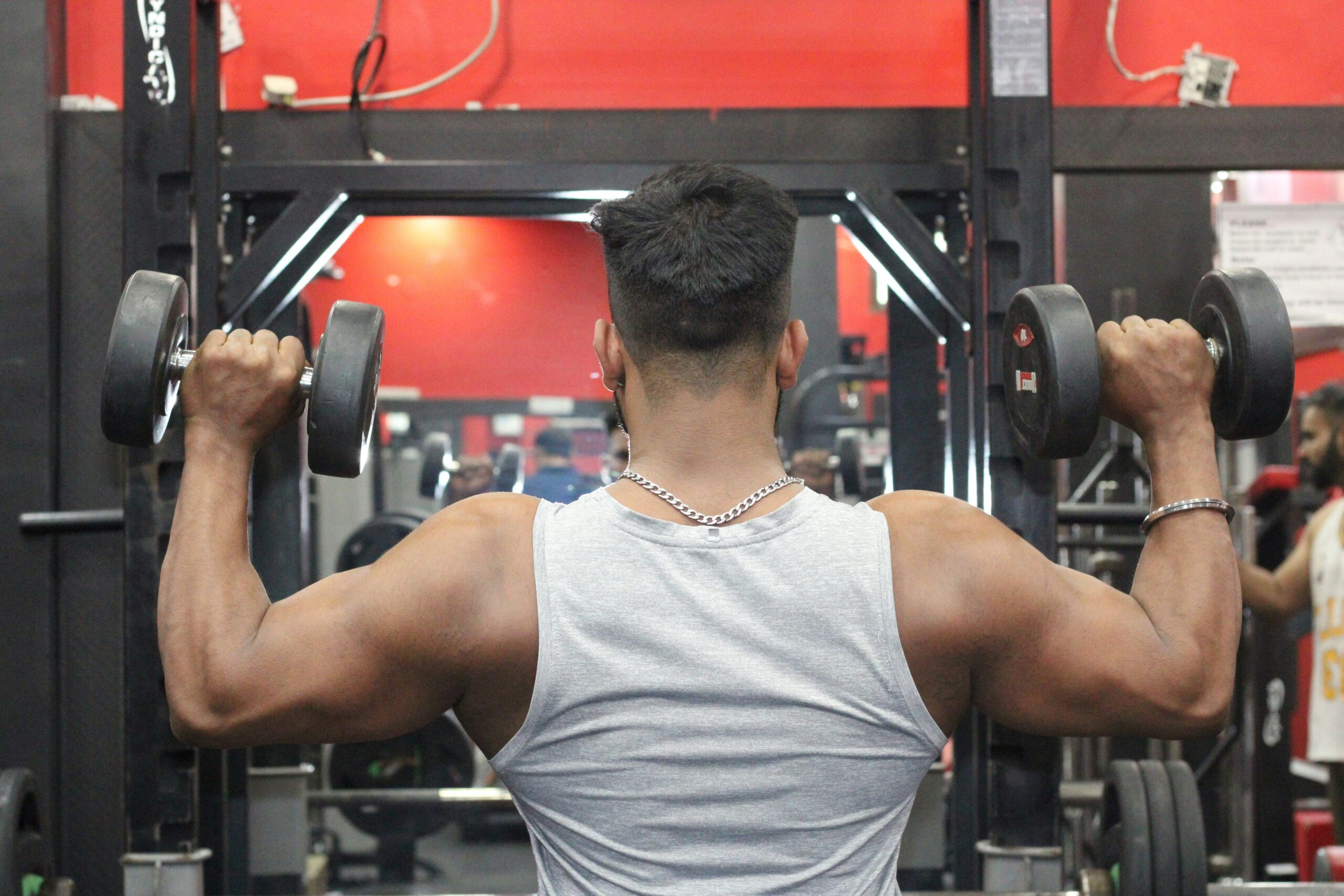
The l-sit muscles worked is a powerful exercise that combines strength, balance, and endurance. It’s a favorite among gymnasts, calisthenics enthusiasts, and fitness lovers. But what makes the L-sit so effective? This movement targets multiple muscles in your body while improving stability and control. In this article, we’ll explore which muscles the l-sit muscles worked, how it benefits your fitness journey, and tips to perform it correctly.
What Is an L-Sit?
The l-sit muscles worked is a static hold where you lift your body off the ground, keeping your legs extended straight out in front of you. It may look simple, but it requires incredible strength and focus. This exercise is usually performed on parallel bars, rings, or even the floor. It challenges your entire body, especially your core and upper body.
Core Muscles
The l-sit muscles worked is one of the best exercises to strengthen your core. Your rectus abdominis (six-pack muscles) works to keep your torso stable, while the obliques help maintain balance. The deeper core muscles, like the transverse abdominis, play a crucial role in supporting the hold and keeping your posture upright.
Hip Flexors
Your hip flexors, including the iliopsoas, rectus femoris, and sartorius, do much of the heavy lifting. These muscles help keep your legs straight and lifted off the ground. Without strong hip flexors, holding an L-sit is nearly impossible.
Quadriceps
The l-sit muscles worked challenges your quadriceps, or the muscles on the front of your thighs. They help keep your legs extended and stiff during the exercise. Weak quads can lead to bent knees, which affects the proper form of the l-sit muscles worked.
Shoulders and Triceps
Your shoulders and triceps provide the support needed to lift your body off the ground. The deltoids stabilize your upper body, while the triceps maintain the lockout in your arms. Strong shoulders and triceps are essential for a steady and controlled l-sit muscles worked.
Chest
While not as heavily involved as other muscles, your pectoralis major helps provide stability in your upper body. This muscle works alongside your shoulders and arms to keep you balanced.
Back Muscles
The l-sit muscles worked engages your lats and erector spinae to support your posture. These muscles help you maintain a straight and upright position, preventing you from slouching during the hold.

Why the L-Sit Is a Must-Try Exercise
The l-sit muscles worked offers more than just strength training. It improves your flexibility, balance, and endurance. This move is ideal for athletes, gymnasts, and anyone looking to build functional fitness. Since it engages multiple muscle groups at once, it’s a time-efficient way to train.
Start with Progressions
If you’re new to the l-sit muscles worked, start with easier variations. Tuck your knees in or perform the hold with one leg extended. These progressions help build strength and prepare you for the full L-sit.
Focus on Form
Form is critical in the l-sit muscles worked. Keep your legs straight, toes pointed, and back upright. Avoid rounding your shoulders or slouching. Proper form ensures you’re targeting the right muscles and reduces the risk of injury.
Train Consistently
Like any exercise, mastering the l-sit muscles worked takes time and practice. Incorporate core and upper body exercises into your routine to build the necessary strength. With consistent effort, you’ll see improvement.
Benefits of the L-Sit
- Core Strength: Few exercises challenge your core as much as the l-sit muscles worked.
- Upper Body Power: Your arms, shoulders, and chest grow stronger with regular practice.
- Improved Flexibility: Holding your legs straight enhances hamstring and hip flexibility.
- Better Stability: The l-sit muscles worked improves balance and body control, translating to other exercises.
Common Mistakes to Avoid
- Holding Your Breath: Remember to breathe. Controlled breathing helps maintain focus and endurance.
- Bent Knees: Keep your legs straight to engage the quads and hip flexors fully.
- Poor Shoulder Position: Don’t let your shoulders shrug up toward your ears. Keep them down and engaged.
Advanced Variations of the L-Sit
Once you’ve mastered the basic l-sit muscles worked, you can challenge yourself with advanced variations. These not only add complexity but also engage your muscles in new ways, enhancing your strength and flexibility.
L-Sit to V-Sit
In this variation, you move from an l-sit muscles worked to a V-sit by lifting your legs higher and closer to your torso. This requires exceptional core strength and flexibility, particularly in your hamstrings. Start by practicing partial lifts until you build the control to transition smoothly.
Weighted L-Sit
For an added challenge, place light ankle weights on your legs. The added resistance forces your core and hip flexors to work harder. Be cautious and ensure you can maintain proper form with the added weight.
One-Arm L-Sit
Performing the l-sit muscles worked with one arm is an impressive display of balance and strength. This variation requires not only upper body power but also significant core stability to prevent tipping. Begin by practicing with light support, such as one hand touching the ground lightly.
Strengthen Your Core
Core strength is the foundation of the l-sit muscles worked. Add exercises like planks, hollow body holds, and leg raises to your routine. These moves target the muscles needed to stabilize your body during the hold.
Stretch Your Hamstrings
Tight hamstrings can make it difficult to keep your legs straight in an l-sit muscles worked. Stretch regularly with forward folds, seated stretches, and dynamic leg swings to improve flexibility.
Build Shoulder and Arm Strength
Push-ups, dips, and overhead presses are excellent exercises to strengthen your shoulders and triceps. These muscles provide the support you need to hold your body off the ground.
The Science Behind the L-Sit
The l-sit muscles worked is a static isometric exercise. Unlike dynamic movements, where your muscles contract and extend, the l-sit muscles worked keeps your muscles contracted for an extended period. This constant tension builds endurance and strength in the targeted muscle groups. The exercise also engages stabilizer muscles, which are often neglected in traditional strength training. By working these smaller muscles, the l-sit muscles worked improves joint stability and functional strength, which helps with everyday movements and athletic performance.
Struggling with Lifting Legs
If lifting your legs feels impossible, it could be due to weak hip flexors. Incorporate exercises like hanging leg raises or seated leg lifts to build strength.
Wrist Pain
Performing the L-sit on the floor can sometimes strain your wrists. Try using parallettes or push-up bars to reduce pressure on your wrists. You can also do wrist mobility exercises to improve flexibility and reduce discomfort.
Difficulty Holding the Position
Holding the L-sit for long durations can be exhausting. Start with shorter holds and gradually increase your time. Focus on quality over quantity to build the endurance you need.
Why the L-Sit Is Ideal for Functional Fitness
The L-sit doesn’t just build strength—it enhances your overall fitness. This exercise teaches you to control your body weight, which is essential for movements like climbing, jumping, or even daily tasks like carrying groceries. It improves coordination, making it a valuable addition to any training program.
Additionally, the L-sit requires no heavy equipment, making it perfect for home workouts or travel. Its versatility and effectiveness have made it a staple in calisthenics, gymnastics, and martial arts training.
Inspiration to Keep You Motivated
Seeing progress in the L-sit takes time, but small achievements along the way are worth celebrating. Hold your first 10-second L-sit, or keep your legs straighter with each attempt. Document your journey, and you’ll be amazed at how far you’ve come.
Remember, every expert started as a beginner. With dedication and patience, the L-sit can become one of your proudest fitness accomplishments.

Conclusion
The L-sit is an incredible exercise that challenges your strength, stability, and endurance. It targets multiple muscles, including your core, hip flexors, shoulders, and quads, making it a highly effective full-body workout. Whether you’re aiming to build a stronger core, improve your balance, or enhance your athletic performance, the L-sit is a must-have in your training routine.
While it may seem difficult at first, breaking the exercise into progressions and practicing consistently can help you master it over time. Focus on building the required strength, improving your flexibility, and maintaining proper form.
The journey to achieving a perfect L-sit is just as rewarding as the goal itself. Celebrate your progress, stay committed, and enjoy the benefits of this remarkable exercise. The L-sit not only makes you stronger but also builds the confidence to tackle other challenging movements in your fitness journey.
FAQs
1. Can beginners do the L-sit?
Yes, beginners can start with easier variations like the tuck sit. Focus on building core and arm strength before attempting the full L-sit.
2. How long should I hold an L-sit?
Start with 5-10 seconds and gradually increase your hold time. As you gain strength, aim for 20-30 seconds or more.
3. Do I need equipment for the L-sit?
While you can do an L-sit on the floor, using parallel bars or rings makes it easier to lift your body off the ground.
















